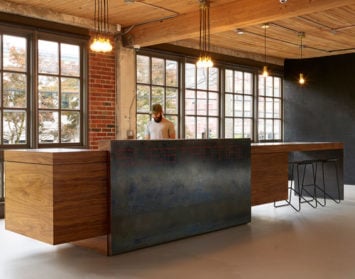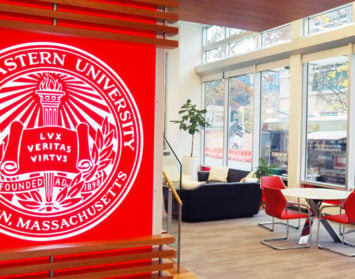By Derek Pedersen
Fact #1: More than 8 million square feet of office space will hit the Greater Seattle metro in 2019–2020.
Fact #2: Demand for these properties continues to run at a feverish pace with over 2/3 of the footprint pre-leased, and in many cases, buildings already at 100% occupancy.
Fact #3: New Class A+ spaces are reaching Seattle record highs of $62 per square foot.
Fact #4: Vacancy rates are trending lower, approaching 6%.
Amidst this high growth environment, there has also been a noticeable uptick in subleasing activity.
Dropbox, Hulu, F5 Networks, Zulily, Big Fish Games…Oh yes and an off the radar name…Amazon. In 2019, these tenants listed space for sublease in blocks above 50,000 square feet, with the largest footprint of over 680,000 square feet belonging to Amazon.
Let’s take a look:
Tenant: Dropbox
Size: 53,656 RSF
Building: Columbia Center
Tenant: F5 Networks
Size: 55,884 RSF
Building: F5 Tower
Tenant: Hulu
Size: 26,186 RSF
Building: Fourth & Pike
Tenant: Amazon
Size: 688,823 RSF
Building: Rainier Square
Notes: Currently under construction but set to be completed in Q3/2020. Rainier Square will be Seattle’s second tallest building.
Tenant: Zulily
Size: 112,503 RSF
Building: 2601 Elliot
Notes: Building has unobstructed views of Elliott Bay.
Tenant: Big Fish Games
Size: 66,000 RSF
Building: Maritime Building
Notes: Generous tenant improvement allowance available.
One of the intricacies of the sublease market is the story behind the decision to list. In the case of Amazon, the choice was a political backlash by leadership to counter the Seattle City Council’s Head Tax of 2018. How do we know? The fact that executives scooped up over 4 million square feet of space in nearby Bellevue, where there is no head tax, and are planning on occupying over 14 million square feet in the region by 2022.
Expansion is certainly a driver of sublease activity, as in the case of Dropbox, which is moving to a new 120,000 square foot home, and Hulu which is dropping their old digs off 4th Avenue for a brand-new space at Schnitzer’s Madison Centre. However, rightsizing is also a driving force for companies to sublease, with F5 Networks and Big Fish Games opting for an address with a square footage reduction.
While business owners often believe subleasing is most common in recessionary periods, the fact is that during robust economic times, subleasing can be a strategic way to minimize costs. In a hot market, such as Seattle, tenants can benefit financially from a sublease, as these floorplates typically trade at a discount to direct space listings.
Another critical factor at play is the need for space to serve as an effective talent attraction and retention tool. Executives know the market for talent is fierce, and premier spaces with amenities, technology and innovative designs are important elements. Every business has its own rationale for subleasing activity, and the process has many components including locale, pricing, terms, conditions and discounting mechanisms.
If executed strategically with a qualified broker who is armed with knowledge of the potential pitfalls and huge upside, there are a multitude of reasons it makes great sense for a tenant to sublease space. Many of our clients choose to sublease to take advantage of the speed to move in on a tight timeframe, the flexible lease term we can often negotiate, and the often discounted rates for higher-priced, premier space. With our tenant-only focus, our clients know we always negotiate exclusively on their behalf, and they can trust our team to provide them with timely, accurate and strategic sublease market intelligence.
Derek Pedersen is a senior vice president of Hughes Marino, a global corporate real estate advisory firm that exclusively represents tenants and buyers. Contact Derek at 1-844-662-6635 or derek@hughesmarino.com to learn more.











